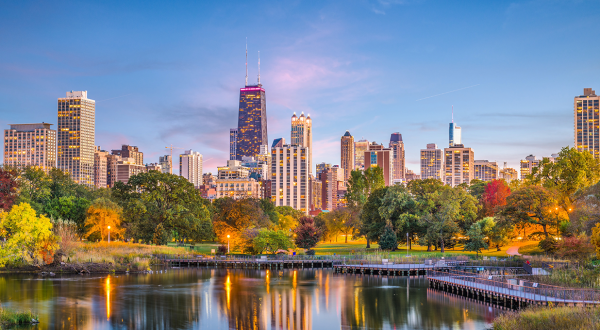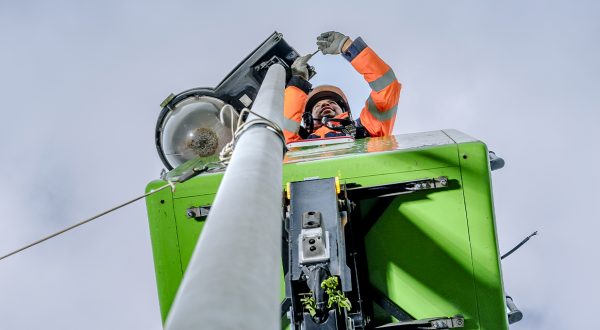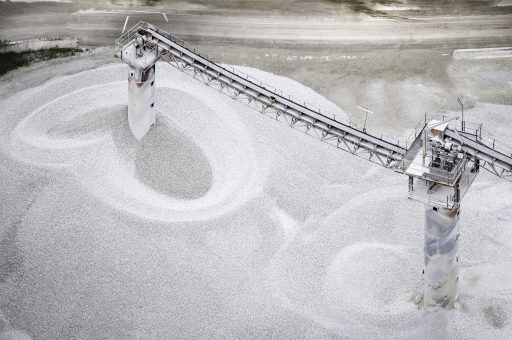Resilient Pittsburgh rises to the challenge of social inclusiveness
Reading time: 6 min
Devastated by industrial crisis, America’s former “steel city” has reinvented itself as an innovation hub. But today its main challenge is to keep its “One Pittsburgh” promise by ensuring that everybody in its diverse population shares the benefits of new growth.![]()
Pittsburgh is back from the brink. A flagship of triumphant industrialisation in the early 20th century, the city has since seen its steel mills decline and then shut down. As the economy lurched from one crisis to another, Pennsylvania’s rusting “steel city” became an emblem of decline, like other urban “dead stars” in the rustbelt of America’s Middle West.
But Pittsburgh never gave up. Following two “renaissance plans” implemented just after the Second World War and the recession of the 1970s, when the city shifted towards the service sector, Pittsburgh now tells a story of resilience. Its most recent battle plans, inspired by the “P4 (People, Planet, Place, Performance)” programme, aim to help the city cope with slow transformation and withstand the crises and brutal shocks that are part of today’s urban reality.
The arrival of Uber and the installation of its testing ground for self-driving vehicles in Pittsburgh symbolise the former steel city’s fresh appeal
In 2017 Pittsburgh adopted a strategic resilience plan, called ONEPGH (One Pittsburgh), as part of the “100 Resilient Cities” partnership. In his letter introducing the plan to Pittsburgh’s citizens, Mayor William Peduto wrote, “Our resilience journey begins with the acknowledgment of our recent past. […] [filled with] the peaks of success and the valleys of disappointment.”
This unvarnished examination identifies major successes, such as the economy’s move to digital technology that helped make Pittsburgh the “innovation hub” described in the Fabrique de la Cité study, as well as fragmentation along social, racial, cultural and economic fault lines that sow the seeds of a future crisis if left unaddressed.
“The smoky city”
Endowed by nature with minerals and timber and located at the confluence of three rivers, Pittsburgh grew with its successful steel mills, which accounted for half of America’s output in 1909. The population curve followed, reaching 670,000 in 1950. The number of inhabitants has now dropped to half that figure.
Dirty air and water are the tarnished coin’s other side. “As early as 1868, the press had already nicknamed Pittsburgh ‘the Smoky City’,” says the Fabrique de la Cité. The steel mills’ closure did not put an end to the scourge: today Pittsburgh is one of the most polluted cities in the United States. Rail transport along the rivers and the operation of nearly 300 coal-fired power plants in the region lead to major spikes in particulate pollution within the city.
Apart from this shortcoming, other challenges Mayor Peduto mentioned for the coming resilience journey include a range of ills such as rundown infrastructure, a changing environment exacerbated by recent deregulation (flooding, blizzards, landslides), economic boom and bust and racial unrest.
Public-private partnerships
Urban planning, housing and transport challenges go back a long way in Pittsburgh. The “Renaissance 1” plan adopted after the Second World War aimed to redevelop the city and ease congestion downtown by urbanising the surrounding hills and building bridges. “Renaissance 2”, a response to the 1970s recession with its plant closures and rising unemployment, was based on public-private partnerships, innovation and academic research to reposition the city in financial services, high-tech industries and research in the fields of robotics, information technology and medicine.
For example, the ties forged between UPMC Shadyside Hospital and the research laboratories at the University of Pittsburgh gave the hospital its long-standing reputation “at the cutting edge of medical innovation”, as the Fabrique de la Cité study noted. In the fields of artificial intelligence and robotics, Carnegie Mellon University played a similar role in its work with start-ups. The arrival of Uber and the installation of its testing ground for self-driving vehicles in Pittsburgh symbolise the former steel city’s fresh appeal.
The challenges facing “One Pittsburgh”
But do these new success stories also, as the blast furnaces once did, contain their own seeds of stress and vulnerability? The city’s decision-makers have already pinpointed a number of weaknesses, such as the difficulty of transforming scientific research and innovation into local jobs and the failure of start-ups to scale up and thereby serve as engines of the local job market.
Gentrification and socio-spatial segregation also impede Pittsburgh’s digital recovery. “All Pittsburghers have not benefited from the current momentum,” writes the mayor, who concludes with what has become the city’s mantra as it charts its course to the future: “One Pittsburgh”, in other words a city for all, without fault lines, leaving nobody behind.
Thus, the innovation hub that Pittsburgh has become must become resilient again and meet the challenge of “including all its citizens in the new growth momentum,” say the Brookings Institution and TEConomy Partners as quoted in the Fabrique de la Cité study. Otherwise, the foundations of its economic renewal may wobble, setting off a new crisis.
Learn more:
http://www.100resilientcities.org/



